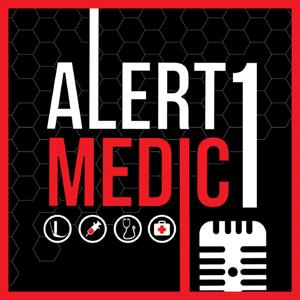Summary generated by Riverside AI
Summary:
In this episode, members of the R Adams Cowley Shock Trauma Center sit down with Cody & Mustafa Sidik to discuss the complexities of managing blunt force trauma patients. The conversation covers the importance of initial assessments, team dynamics, and the need for consistent protocols in trauma care. The team emphasizes the significance of communication and support among healthcare professionals to ensure optimal patient outcomes. Through case studies, they explore real-life scenarios that highlight the challenges and strategies in trauma management. In this conversation, the speakers discuss critical aspects of emergency medical procedures, focusing on needle decompression techniques, the importance of effective EMS reporting, and strategies for managing traumatic brain injuries in the field. They also explore the use of pelvic binders and external tourniquets in trauma care, emphasizing the need for proper training and communication among medical teams.
Keywords
blunt force trauma, trauma management, emergency medicine, trauma team dynamics, patient assessment, airway management, trauma cases, communication in healthcare, trauma care protocols, trauma center, needle decompression, thoracotomy, EMS report, traumatic brain injury, pelvic binders, external tourniquets, pre-hospital care, emergency medicine, paramedics, medical education
Chapters
00:00 Introduction to the Shock Trauma Team
02:38 Understanding Blunt Force Trauma
05:33 Initial Assessment and Priorities in Trauma Care
07:19 Airway Management in Blunt Trauma
09:52 The Importance of Consistent Protocols
14:20 Training and Team Dynamics in Trauma Care
18:35 The Role of Experience in Trauma Response
25:20 Building Trust and Communication in Emergency Settings
28:51 Building a Culture of No Retribution
34:35 Teamwork in High-Stress Situations
35:22 Initial Management of Trauma Cases
43:54 Landmarks for Needle Decompression
48:40 Finger Thoracostomy vs. Needle Decompression
53:33 The Importance of Effective Communication in Reports
55:18 The Importance of Effective Communication in EMS
57:21 Case Study: Managing Severe Traumatic Brain Injury
01:03:32 Medication Choices for Head Injuries
01:08:35 Managing Intracranial Pressure and Ventilation Strategies
01:18:58 The Role of Pelvic Binders and External Tourniquets




































